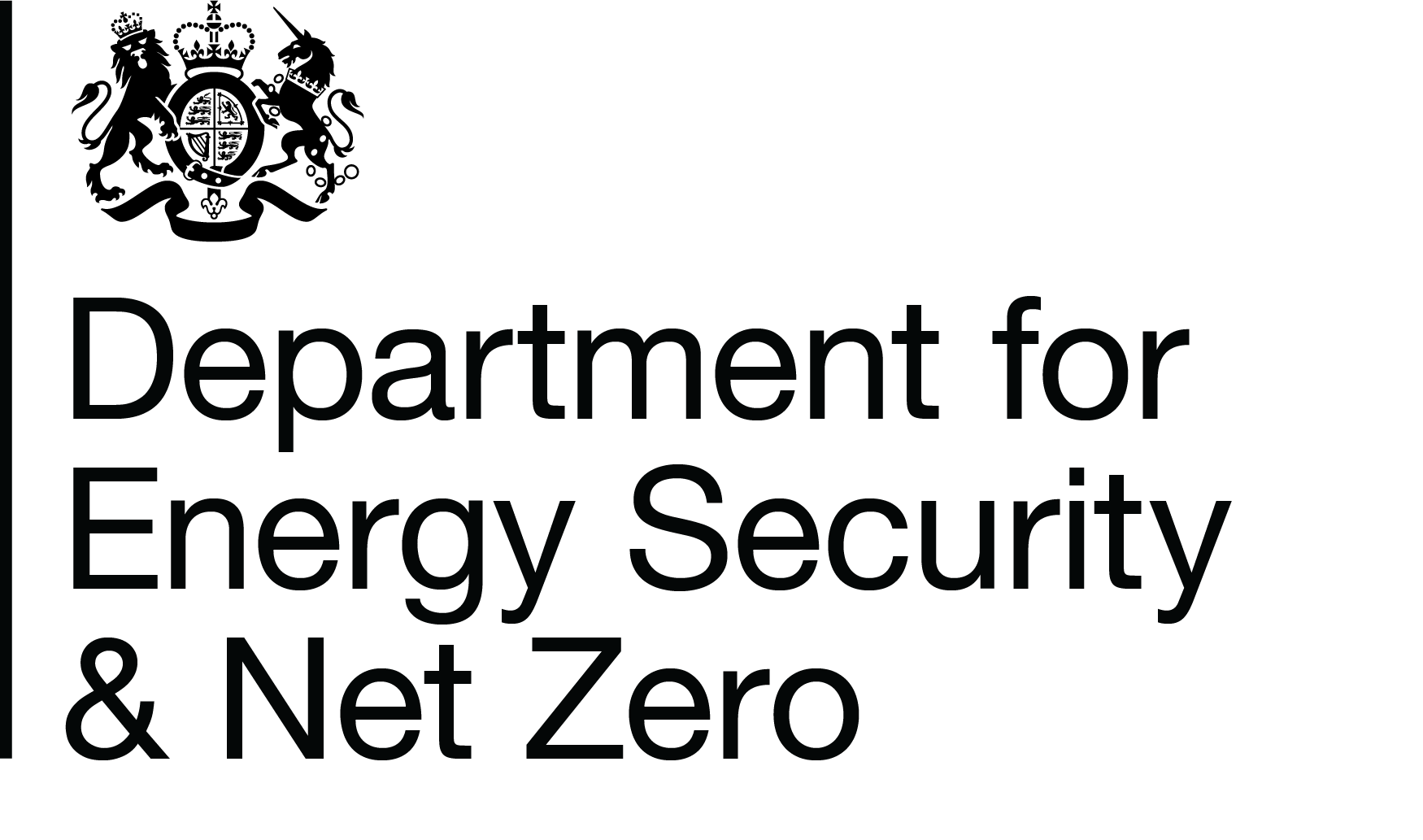Standard Assessment Procedure 10.2 – updates for heat networks
Overview
Proposals to natural-gas CHP, the Products Characteristics Database, Biomass and recovered heat factors
The Government is committed to achieving net zero greenhouse gas emissions by 2050. Meeting this legal commitment will require virtually all heat in buildings to be decarbonised, and heat in industry to be reduced to close to zero carbon emissions. Presently, heat is responsible for a third of the UK’s greenhouse gas emissions[1]. Heat networks are a crucial aspect of the path towards decarbonising heat. Whilst heat networks currently provide only 2% of the UK’s heat, in their net zero modelling, the Climate Change Committee assumes that 18% of the UK’s heat demand will be met by heat networks in 2050.[2] In the right circumstances, they can reduce bills, support local regeneration and can be a cost-effective way of reducing carbon emissions from heating.
Compared to individual home or building heating systems, heat networks are uniquely able to unlock otherwise inaccessible larger scale renewable and recovered heat sources, such as waste heat, industrial heat, and heat from rivers and mines. For the purposes of this document we have defined ‘recovered heat’ as heat which is produced or generated by a process for which heat generation is not a primary purpose, and which would otherwise not be used.
Decarbonising heat as part of meeting 2050 net zero targets will require increasing uptake and utilisation of recovered and waste heat sources in heat networks. It is critical therefore that we recognise the benefits of using recovered and waste heat in heat networks during the development and design of those networks. This includes reflecting these benefits in the Standard Assessment Procedure (SAP), the energy modelling tool used across the UK to assess compliance with Building Regulations and produce Energy Performance Certificates (EPCs).
This consultation proposes changes to SAP to update our list of waste-heat technologies, one of the key heat sources for low-carbon heat networks in the future. It also suggests updates for natural gas Combined Heat and Power. These units produce heat and electricity and are an important technology for many district heating schemes. The proposals reflect updated analysis of the carbon and primary energy performance of this important technology.
[1] BEIS. Clean Growth -Transforming Heating. Overview of Current Evidence. December 2018
[2] Element Energy for the CCC, “Research on District heating and local approaches to heat decarbonisation,”https://www.theccc.org.uk/publication/element-energy-for-ccc-research-on-district-heating-and-local-approaches-to-heat-decarbonisation/
Why your views matter
In this consultation we set out proposals for improving the latest version of SAP’s (SAP 10), approach to assessing homes connected to heat networks that utilise recovered heat and to homes connected to heat networks using Combined Heat and Power (CHP). These proposals intend to address the risk that SAP does not correctly model or reflect recovered heat sources for heat networks, and to better reflect the ability of heat networks utilising natural gas CHP units to displace more carbon intensive electricity generation.
Consultation details
Issued: 15 March 2021
Respond by: 10 May 2021, midday
Consultation runs for 8 weeks
Enquiries to:
Email: SAPHeatNetworksConsultation@beis.gov.uk
This consultation is primarily aimed at:
- Heat network & property developers and builders
- Heat network owners and operators
- Property owners and occupiers
- SAP/RdSAP assessors
- Construction industry professionals
- Manufacturers and suppliers of construction materials
- Environmental organisations
- Local authorities and other building control bodies
- Consumer groups
Specific elements may be of interest to members of the public.
Territorial extent:
The Standard Assessment Procedure is a calculation methodology used across the United Kingdom.
Confidentiality and data protection
Information you provide in response to this consultation, including personal information, may be disclosed in accordance with UK legislation (the Freedom of Information Act 2000, the Data Protection Act 2018 and the Environmental Information Regulations 2004).
If you want the information that you provide to be treated as confidential please tell us, but be aware that we cannot guarantee confidentiality in all circumstances. An automatic confidentiality disclaimer generated by your IT system will not be regarded by us as a confidentiality request.
We will process your personal data in accordance with all applicable data protection laws. See our privacy policy.
We will summarise all responses and publish this summary on GOV.UK. The summary will include a list of names or organisations that responded, but not people’s personal names, addresses or other contact details.
Quality assurance
This consultation has been carried out in accordance with the government’s consultation principles.
If you have any complaints about the way this consultation has been conducted, please email: beis.bru@beis.gov.uk.
Audiences
- Low carbon technologies
Interests
- Distributed energy and heat

Share
Share on Twitter Share on Facebook